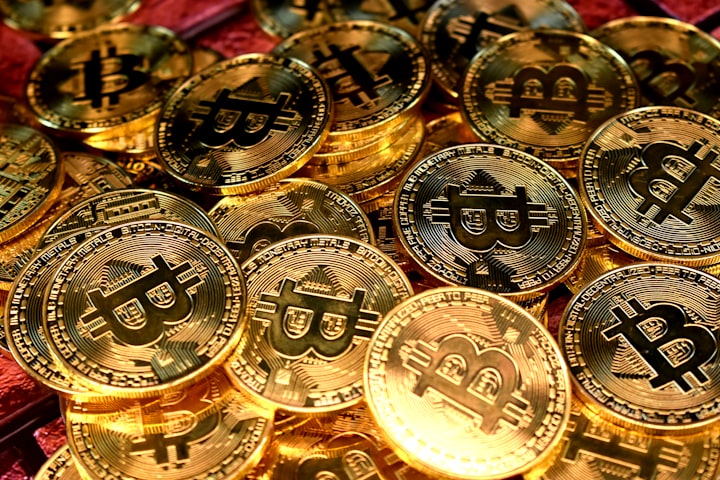"How to Create a Successful NFT Art Marketplace: Insights from Industry Experts"
In this article, we'll discuss the development of an NFT art marketplace, including its features, benefits, and challenges.

Non-fungible tokens (NFTs) are unique digital assets that can represent anything from artwork to music, videos, and more. With the rise of NFTs, the art world has witnessed a paradigm shift in how art is bought, sold, and owned. The emergence of NFT art marketplaces has opened up new opportunities for artists, collectors, and investors alike.
Features of an NFT Art Marketplace:
User Registration: An NFT art marketplace requires users to register for an account before they can buy, sell, or trade NFTs. User registration ensures that the marketplace operates in a secure and trustworthy manner.
NFT Creation and Listing: An NFT art marketplace allows artists to create and list their digital artworks as NFTs. This feature enables artists to monetize their digital art and gives them full control over their creations.
Marketplace Listings and Search: The marketplace should have a search function that allows users to find NFTs by title, artist, or tag. Listings should display essential information, such as the name of the artwork, its creator, and its current price.
Payment Gateway: A payment gateway should be integrated into the NFT art marketplace to facilitate secure transactions. Payment options can include cryptocurrency, credit card, or PayPal.
Wallet Integration: Users need a wallet to store their NFTs. The marketplace should allow users to connect their wallets with their accounts.
Auctions and Bidding: An auction system can be integrated into the marketplace to allow users to bid on NFTs. Auctions can create excitement and demand for NFTs and can result in higher prices for sellers.
Royalty System: A royalty system can be built into the marketplace to enable artists to receive a percentage of the sale price each time their NFT is resold. This feature ensures that artists continue to earn money from their artwork even after it has been sold.
Benefits of an NFT Art Marketplace:
Increased Accessibility: An NFT art marketplace allows artists to reach a broader audience and sell their artwork to people all around the world.
Direct Transactions: An NFT art marketplace enables artists to sell their artwork directly to buyers, cutting out intermediaries and reducing transaction fees.
Transparency: Blockchain technology ensures that every transaction is transparent and recorded on a public ledger, eliminating the possibility of fraud and increasing trust between buyers and sellers.
Asset Fractionalization: NFTs can be fractionally owned, meaning that buyers can purchase a share in an artwork rather than buying the entire piece. This feature makes it possible for a larger number of people to own a piece of art, thereby democratizing ownership.
Authenticity: NFTs are unique and cannot be replicated, ensuring that buyers can be confident that they are purchasing an original artwork.
Challenges of an NFT Art Marketplace:
Market Volatility: The value of NFTs can be highly volatile, and the market is subject to sudden shifts in demand and supply. This volatility can create challenges for artists and investors alike.
Technical Complexity: The development and maintenance of an NFT art marketplace requires specialized knowledge and expertise in blockchain technology, smart contracts, and cybersecurity.
Environmental Impact: The process of creating and trading NFTs can have a significant environmental impact due to the energy consumption of blockchain networks. Efforts to mitigate this impact are ongoing, but it remains a challenge for the NFT art market.
Conclusion:
The development of an NFT art marketplace can be a complex and challenging process, but the benefits of such a platform are significant. Artists can monetize their digital creations, and collectors can own and trade unique and valuable assets. NFTs also democratize ownership, increase transparency, and cut out intermediaries, creating a more accessible and equitable art market.
To overcome the challenges of market volatility, technical complexity, and environmental impact, developers must prioritize security, scalability, and sustainability in the design and operation of an NFT art marketplace. They must also stay up to date with the latest developments in blockchain technology and work closely with artists, collectors, and investors to create a platform that meets their needs and expectations.
About the Creator
Angelina1122
I Started a Busniess - Class NFT & Crypto Development Services. I currently focused in blockchain technology and cryptocurrency. One could even call me a blockchain "enthusiast.





Comments
There are no comments for this story
Be the first to respond and start the conversation.